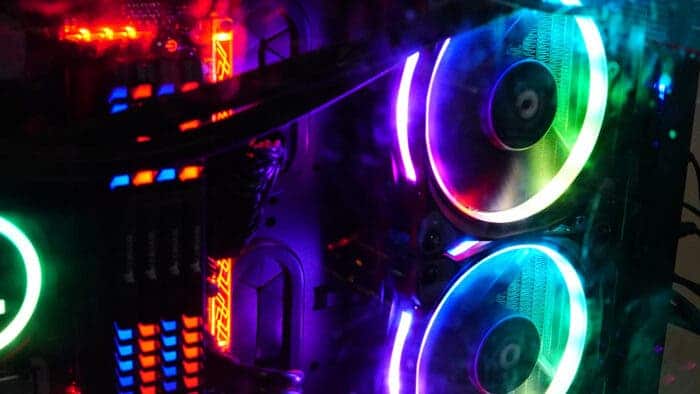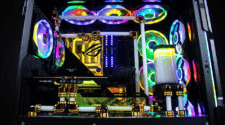If you’re about to build a PC, you may have come across the terms ARGB and RGB. While both mean that you get fancy lighting on your system, they are not the same. And knowing the difference can often lead to better choices for the components of your PC.
As a matter of fact, you may end up damaging the components of your PC if you don’t know what ARGB and RGB are. But the good part is that they aren’t that hard to comprehend. There are some basic differences between them. And through this guide, you can learn all there is to each of these standards.
Understanding RGB
As you may know, RGB stands for Red, Green, and Blue. These three serves as the foundation for all colors. That is, you can create a spectrum of different colors with these.
For PCs, “RGB” or “non-addressable RGB” sticks to the conventional 12V standard. This header is quite common in older and budget-friendly motherboards. You will also find this connector in budget RGB fans and LED strip lights.
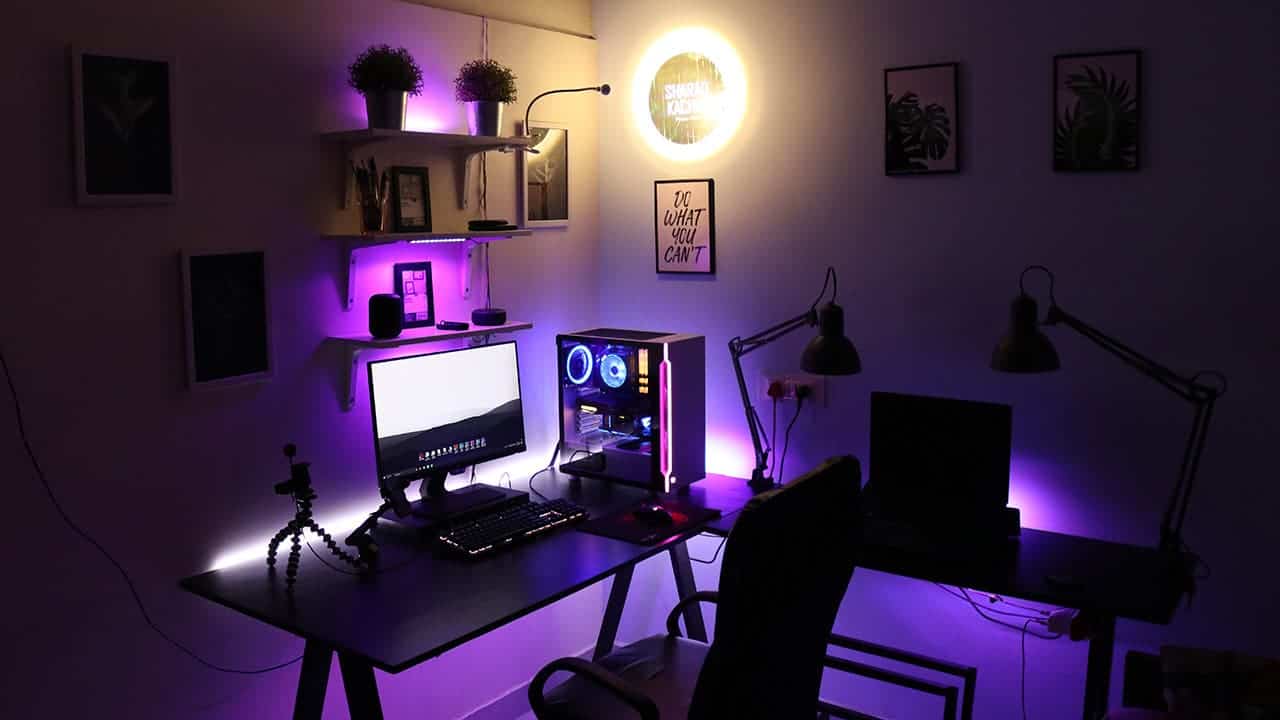
In the 12V RGB standard, all the LEDs remain in a group. A four-pin connector collectively controls them. This standardization enables simultaneous color changes. It also brings a variety of effects, which include:
- Static colors.
- Color cycles.
- Breathing effects.
Understanding ARGB
ARGB stands for Addressable Red, Green, and Blue. As you can tell, it’s a more advanced lighting system. In ARGB devices, you can address each of the LEDs. This offers unparalleled control over each LED on a single device.
Many often term ARGB as “digital” lighting. It’s mostly due to the fact that you can control each LED separately. Through this, it distinguishes itself from the more “analog” 12V system.
But the advanced nature of ARGB shines in the features it brings. You can enjoy many intricate effects, which include:
- Dancing lights to music.
- Dynamic rainbow waves.
- Synchronized lighting across various peripherals.
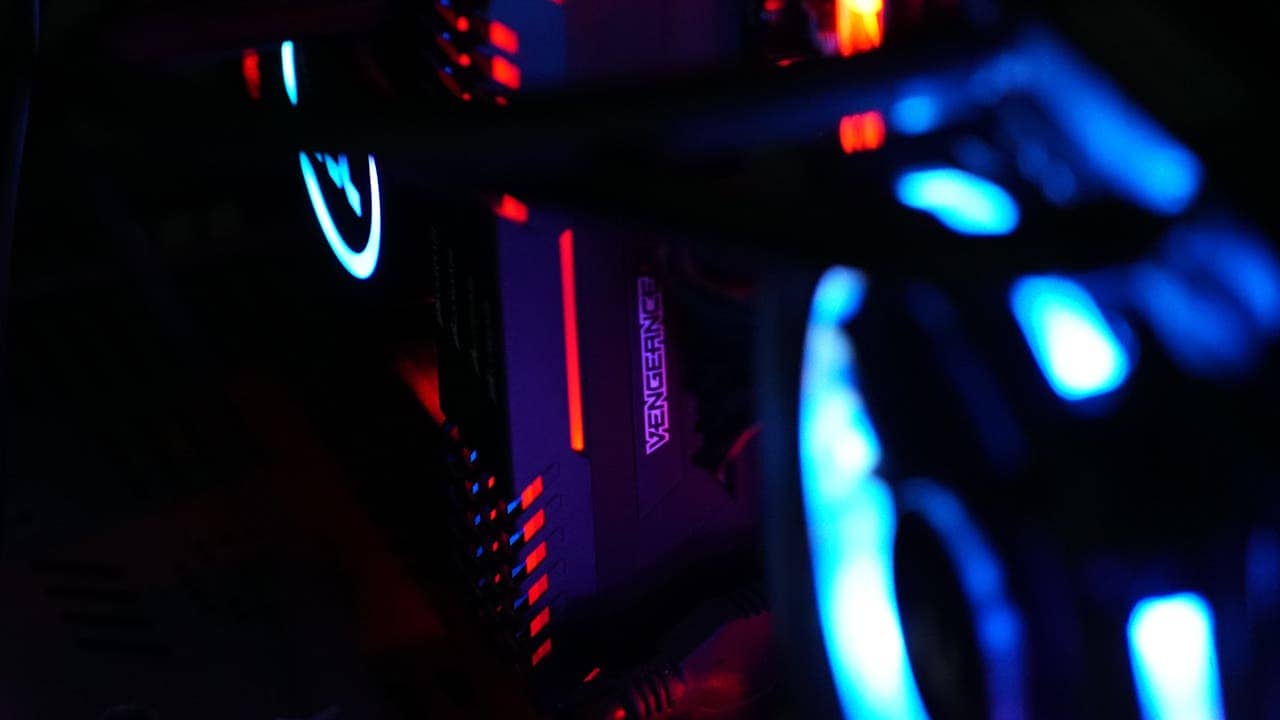
Which One Is Better?
In short, ARGB is a better choice. Many even refer to it as “12V RGB on steroids.” That is, it has all the capabilities of 12V RGB and more. The individual LED control allows different advanced effects. You generally can’t get these on regular LED systems.
For example, you can get synchronized lighting across devices. ARGB also brings complex patterns like shooting stars and northern lights.
But there’s a caveat. ARGB is not a standardized technology. That means you will find proprietary solutions from different manufacturers. For instance, Gigabyte has RGB Fusion, while Corsair has iCUE. This non-standardized nature introduces complexity. You may need additional tools like SignalRGB or OpenRGB for universal compatibility.
RGB Is Better If Budget Is an Issue
Don’t want fancy lighting effects? Have a budget issue? The 12V RGB is the cost-effective solution you’ve been looking for. And it does offer some level of control. For example, you can control the colors through dedicated programs. There are many other customization features as well.
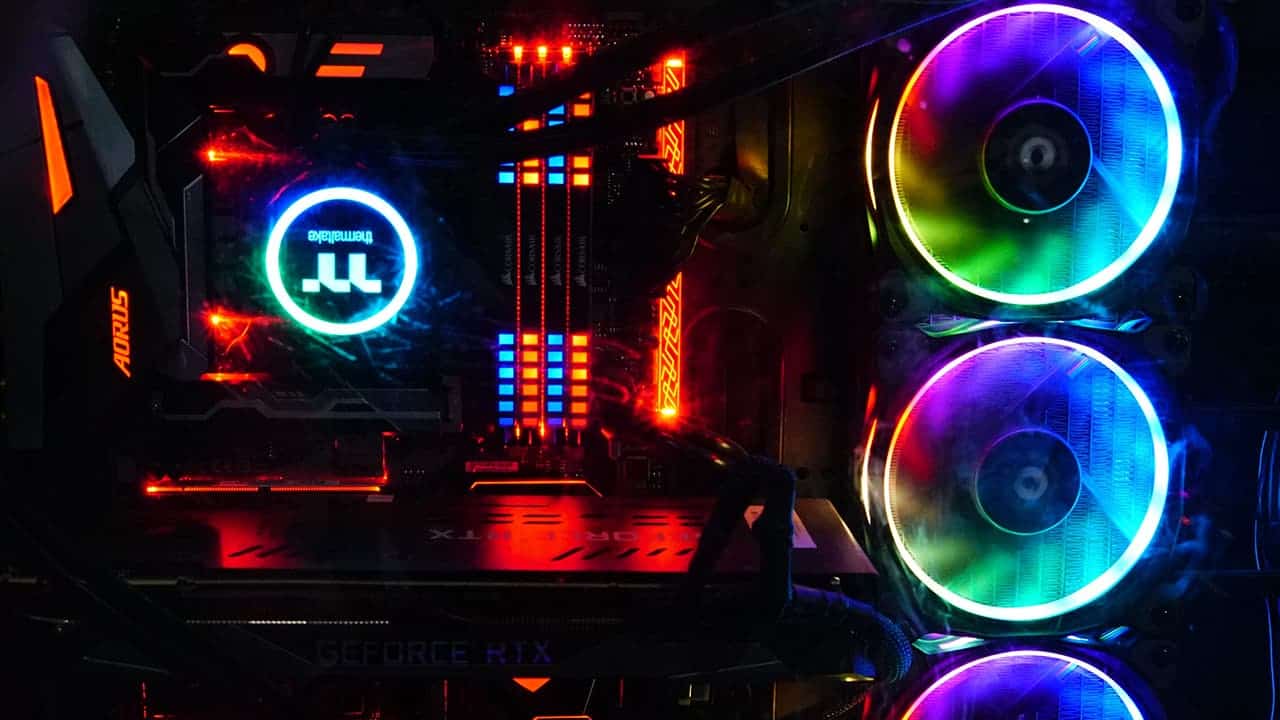
Integrating different RGB devices is easy too. You just need to utilize a 12V RGB hub. It can be easily connected to the motherboard’s header. The standardized nature of this lighting system basically plays a big role here.
Connectivity: RGB vs ARGB
If you’re planning for a new build, you need to understand the connectors of RGB and ARGB. As mentioned earlier, regular RGB devices use a four-pin connector. It comes with pins for 12V voltage, green, red, and blue.
In contrast, ARGB uses a three-pin connector. It has a 5V VCC, data, and ground. The thing is, they look visually similar. But you will damage the device if you connect it to the wrong connector.
That is, you can’t connect a 12V RGB device to a 5V ARGB connector or vice versa.
Other Considerations When Choosing Between RGB and ARGB
The decision between RGB and ARGB ultimately depends on you. Consider what level of customization and lighting effects you want. If you want more control and advanced lighting features, ARGB is the way to go. You can enjoy dynamic and synchronized lighting across your setup.
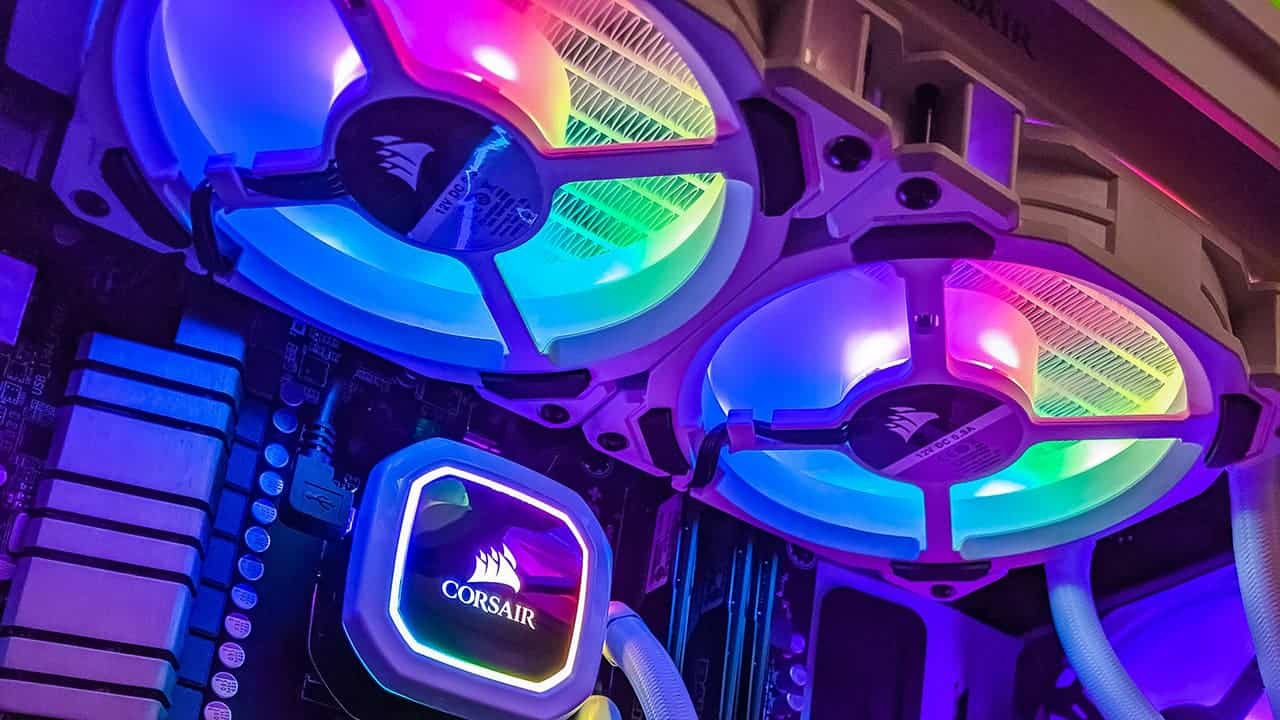
But you should note the lack of standardization. It brings compatibility challenges. On the other hand, RGB is a cost-effective and straightforward lighting solution. It’s for those who appreciate colors but don’t need intricate lighting patterns. In short, consider your preferences, budget, and compatibility requirements.
Strategic Mixing and Non-RGB Considerations
While RGB enhances the gaming ambiance, you should not let it overshadow practical considerations. Striking a balance between RGB and non-RGB parts is crucial to avoid distraction and maintain focus during gaming sessions.

Indirect lighting from an RGB strip can augment the aesthetic without overwhelming the environment. Furthermore, you should note that too many bright lights may interfere with sleep routines. So, no matter what, you should not overdo the lighting of your gaming setup.

